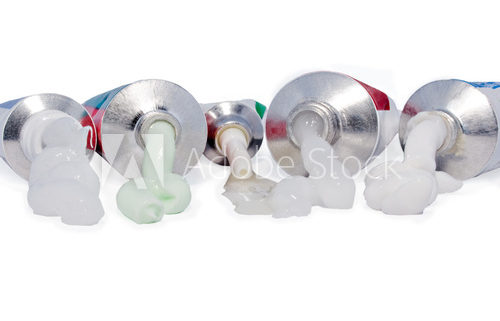Topical Antibiotics Update
Nguyen HL, Yiannias JA. Contact Dermatitis to Medications and Skin Products. Clin Rev Allergy Immunol. 2019 Feb;56(1):41-59. doi: 10.1007/s12016-018-8705-0. PMID: 30145645.
Reviewed by Jalal Maghfour and Alina Goldenberg, MD, MAS
Topical medicaments contain a myriad of ingredients that have the potential to induce allergic contract dermatitis (ACD). While certain topical agents, particularly antibiotics have medical utility, there have been increasing reports on the adverse cutaneous reactions associated with their use. In fact, the prevalence of ACD due to topical antibiotics (neomycin, bacitracin) is estimated to be between 7.2 to 11.8%. Herein we provide an overview of ACD secondary to the use of topical antibiotics.
Neomycin, a member of aminoglycoside, is well known to cause mild to severe, localized cutaneous eruption in sensitized individuals. Topical neomycin has been shown to cross-react with other classes of antibiotics. For instance, it has been reported that topical neomycin can cross-react with topical bacitracin, which can result in a synergic immune response. While a localized cutaneous eruption is more common, use of topical bacitracin can result in an anaphylaxis reaction. Nowadays, this type of a systemic allergic reaction is rare and has been recently associated with irrigation of bacitracin in operating rooms.
Given the unique structure of mupirocin, individuals sensitized to bacitracin and aminoglycosides can use topical mupirocin as an alternative option.
However, mupirocin induced ACD has also been reported. As with any ACD, symptoms vary and clinical manifestation ranges from localized erythema, stinging, pain, pruritus, and erythematous papular eruptions.
Patch testing remains the gold standard for diagnosis of ACD to topical antibiotics. Nonetheless, for patients with allergic reaction to both topical neomycin and bacitracin, mupirocin remains an alternative therapeutic option.


